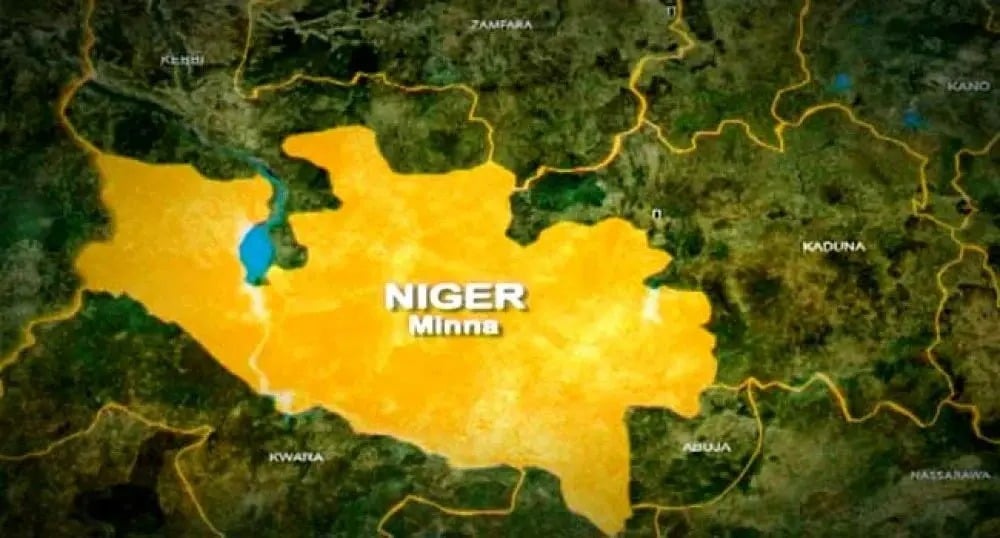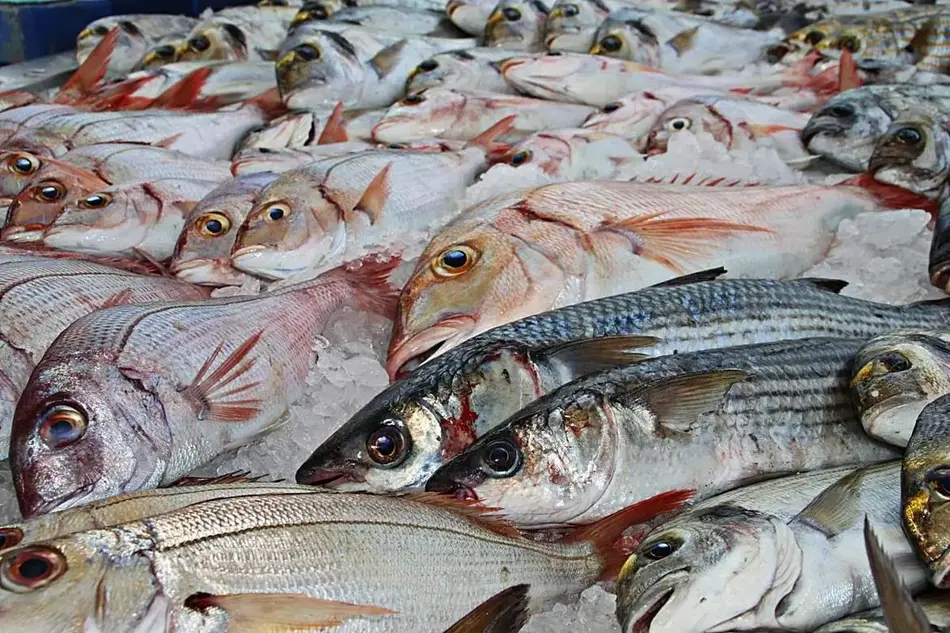A lack of transparency, weak import controls, and complex ownership structures are enabling illegal fishing to flourish in Europe’s seafood supply chain, a new study commissioned by Oceana has revealed.
The research shows that the EU’s long-distance fishing fleet is more than twice as large as officially documented when foreign-flagged vessels owned by EU companies are included. This raises red flags about how much illegal or unreported seafood may be slipping into European markets.
Investigators describe landing sites as hotspots for illegal activity. In Palermo, Italy, one journalist discovered that intermediaries and “fishlanders” act as powerful brokers, mixing legally caught fish with illegal catches.
“It’s like a fish laundry, what is legal and what is illegal can be mixed until it’s impossible to tell the difference.”
Catch certificates, which are still largely paper-based, are another weak link. Forged documents allow illegally caught fish to be exported into the EU with ease.
While industrial vessels are supposed to be tracked by satellite systems like AIS, many disappear from monitoring platforms such as MarineTraffic or Global Fishing Watch. Investigators say some fleets deliberately disable or avoid tracking to hide illicit activities.
“When vessels vanish from the map, it’s not always a technical error, sometimes it’s a deliberate act to conceal illegal fishing.”
Small but powerful artisanal vessels, especially in Tunisia, further complicate surveillance. Despite their size, they carry industrial-scale engines and hauls, but remain invisible to tracking systems.
Tracing vessel ownership is another challenge. Many operators use shell companies and front businesses in tax havens to disguise the real beneficiaries. A case in Malta revealed a “company” that turned out to be nothing more than a post box, hiding Russian owners behind a network of intermediaries.
“Illegal fishers know how to exploit weak governance; they change flags, change names, and hide behind paper companies.”
A recent global study of 19,000 large-scale vessels found that 62% had no ownership information available in top maritime databases. Spain, France, China, and Taiwan — some of the largest fleets — had particularly poor transparency records.
Within Europe, the study revealed that more than 344 EU-owned vessels are flagged outside the bloc, in countries ranging from Argentina to Panama. This means the EU’s actual long-distance fleet is nearly double its official size. Alarmingly, one in four of these vessels are registered under flags of convenience, tax havens, or countries already warned by the EU for weak fisheries controls.
Spain, the Netherlands, and Italy top the list of countries owning foreign-flagged vessels, with Spain alone effectively operating 427 vessels, twice its official count.
These loopholes undermine both EU and global efforts to combat illegal fishing. Not only do they allow illegal fish to enter European markets, but they also strip coastal states of fair revenues and erode trust in fisheries management.
“Without transparency, EU consumers risk eating fish caught illegally, while profits flow to hidden owners abroad.”
Experts argue that EU member states must start requiring companies and citizens to register ownership of foreign-flagged vessels and make this data public. Stronger digital systems for catch certificates, tighter port inspections, and international cooperation are also urgently needed.
“If we don’t know who owns the vessels, where the fish really comes from, or how it gets to our plates, illegal fishing will continue to thrive in the shadows.”
Source: Apexnewsgh.com
Email: apexnewsgh@gmail.com











